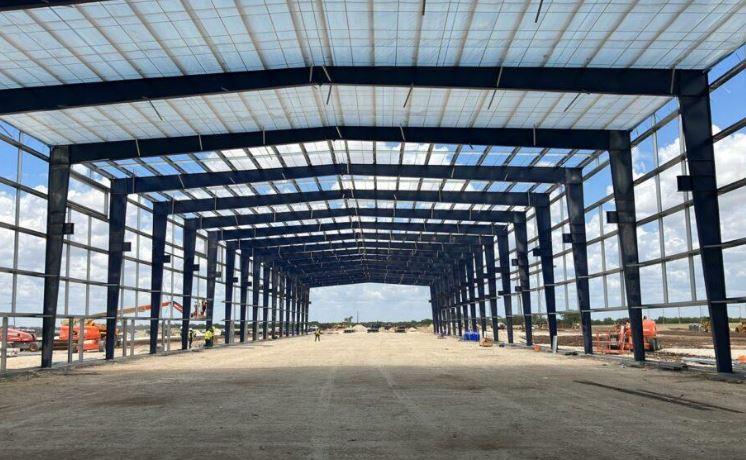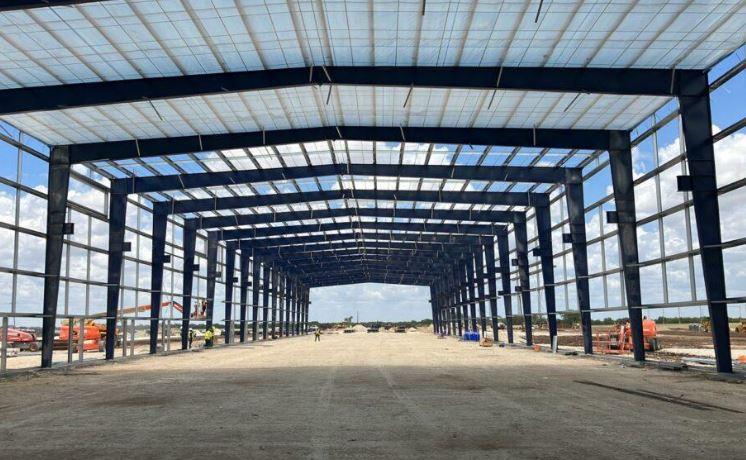The construction industry is rapidly evolving. Pre engineered metal building are becoming a preferred building solution due to their many benefits and advantages. This article will explore the key benefits, market growth, and future trends of pre-engineered metal buildings.

Highlight of Key Points
- Time and Cost Savings
- Fast Construction
- Adaptability
- Profitability
- Market Growth and Forecast
Time and Cost Savings
Pre engineered metal building take almost half the time to construct compared to conventional buildings. They are highly cost-effective, with reduced waste and ability to dismantle and reassemble the buildings. The pre-fabricated nature avoids common construction delays like weather, labor shortages, and material supply issues. Buildings can be expanded easily without high demolition and reconstruction costs.
Fast Construction
With components pre-designed and manufactured offsite, pre-engineered buildings can be constructed very rapidly. Ideal for projects needing quick turnaround like warehouses, factories, cold storage, and industrial sheds. All teams work in synchronization with streamlined implementation.
Adaptability
Pre-engineered metal buildings are highly customizable for any requirement. Can be designed as small warehouses or large manufacturing units. Are multipurpose and can be adapted for many different uses.
Profitability
Buildings use high quality, recyclable materials for sustainability. Relocating buildings is easy by dismantling and transporting components. Saves on reconstruction costs when moving locations.
Market Growth and Forecast
The pre-engineered building market is forecast for strong growth globally. Increasing demand due to eco-friendly designs and mobility advantages. Growth drivers include expansion of SEZs, new airports, and cold storage chains. Expected CAGR of 12.5% from 2022-2030 as per Fortune Business Insights.
Future Trends
More sustainable designs with renewable materials and energy efficiency. Smart PEBs integrating IoT and digital technology for remote monitoring and control. Increased use of 3D printing and robotics for modular offsite fabrication. Focus on health and wellness with buildings enhancing safety, ventilation and social distancing.
Conclusion
Pre-engineered metal buildings provide faster, more cost-effective construction along with flexibility and sustainability. With strong industry growth forecast, they are becoming the preferred choice for many building applications. The future points to even smarter and more advanced PEB capabilities.

